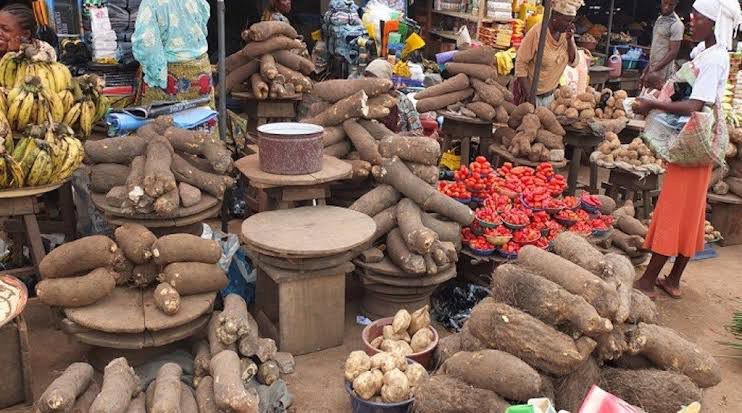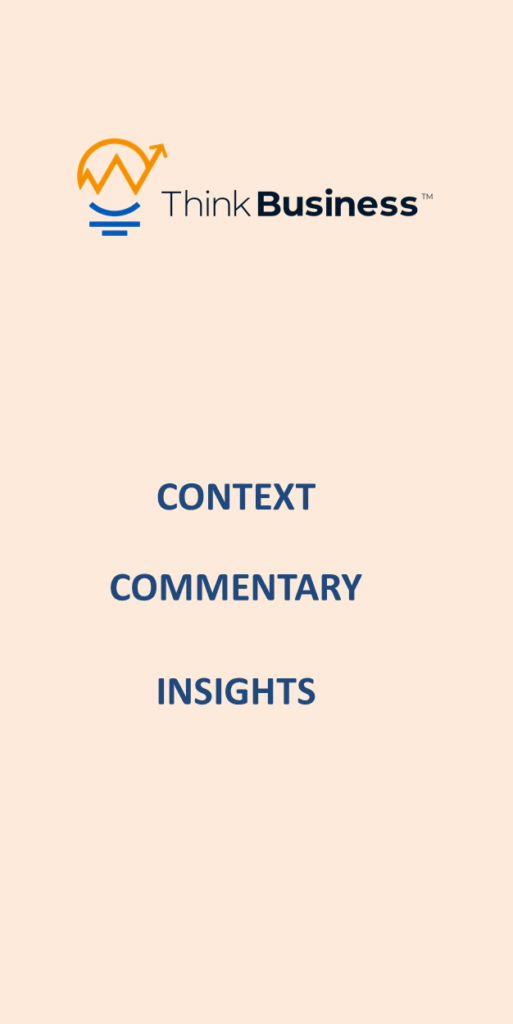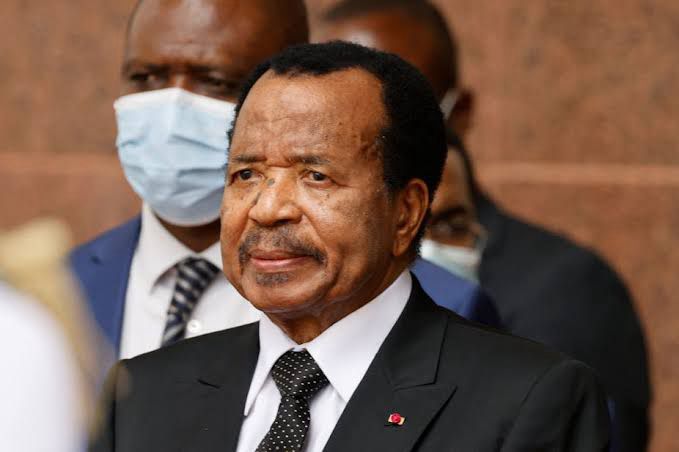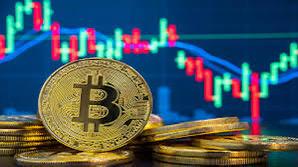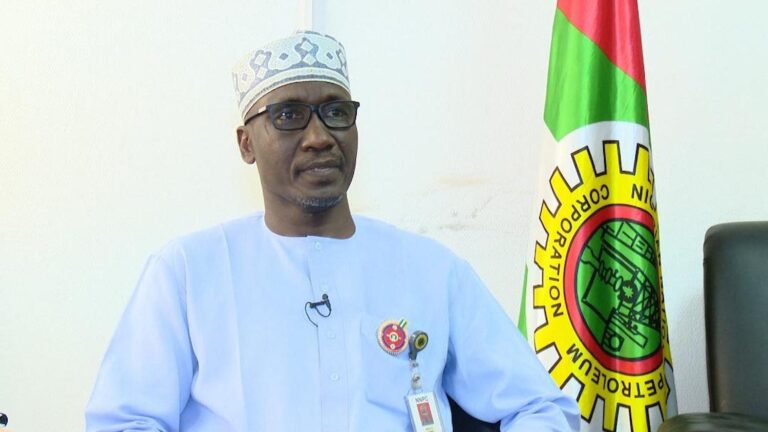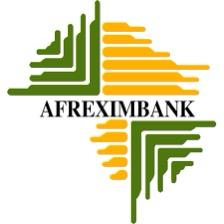Lagos sept 15 — Nigeria’s headline inflation rate continued its downward trend in August 2025, reaching 20.12% on a year-on-year (YoY) basis, according to the latest Consumer Price Index (CPI) report from the National Bureau of Statistics (NBS) posted on Monday.
This figure represents a notable decrease from the previous month and marks a significant shift from the
peak of 34.80% recorded in January of this year.
On a month-on-month (mom) basis headline inflation rate also showed a substantial deceleration, dropping to 0.74% in August from 1.99% in July 2025, indicating a significant slowdown in the rate of price increases.
“In August 2025, the Headline inflation rate eased to 20.12% relative to the July 2025 headline inflation rate of 21.88%.
MoM headline inflation rate in August 2025 was 0.74 %. Food Inflation rate was 1.65% MoM.” NBS said in a statement.

Urban and Rural Divide
The report highlights a persistent divergence between urban and rural inflation. The YoY urban inflation stood at 19.75%, while rural inflation was higher at 20.28%. This suggests that rural communities continue to face greater inflationary pressures on an annual basis.
However, on a MoM basis, the trend reversed. Rural inflation eased to 1.38% in August, a considerable drop from 2.30% in July. The urban month-on-month inflation rate saw a more dramatic reduction, falling to 0.49% from 1.86% in July, showing a marked improvement in price stability for urban consumers.
Food and Core Inflation
A key driver of the overall inflation trend is the Food Index. The year-on-year Food Index was 21.87% in August, while the month-on-month Food Index dropped to 1.65% from 3.12% in July. This moderation in food inflation is a major contributor to the overall easing of consumer prices.

The “all items less farm produce and energy” or “Core” inflation rate also reflected the broader trend. On a year-on-year basis, Core inflation was 20.33%, while the month-on-month rate was 1.43%, an increase from 0.97% in July.
The latest inflation data, showing a continued decline, places the Central Bank of Nigeria’s Monetary Policy Committee (MPC) at a critical juncture. The MPC, which has used aggressive interest rate hikes to combat rising prices, now has to weigh the benefits of this progress against the risk of stifling economic growth.
Particularly the stubbornness of food inflation in rural areas and the month-on-month increase in core inflation. Their next move—whether to continue their tight monetary policy, pause, or even consider a rate cut—will depend on their assessment of whether the current trend is sustainable and if it warrants a shift in their strategy to support a broader economic recovery.



